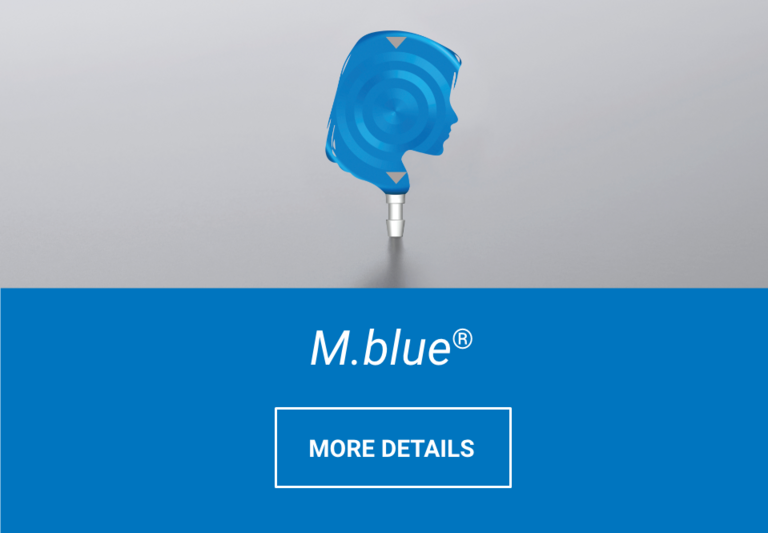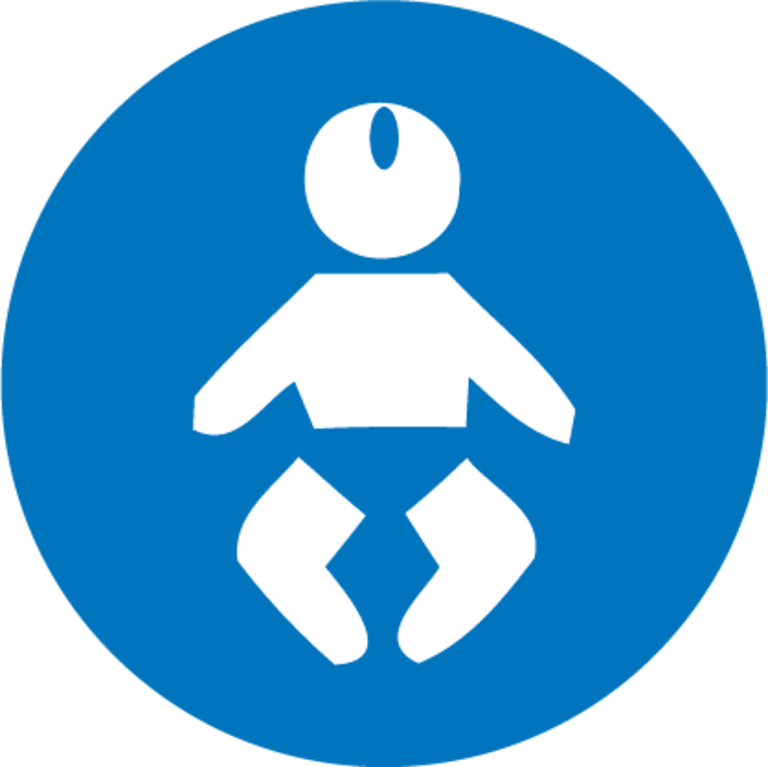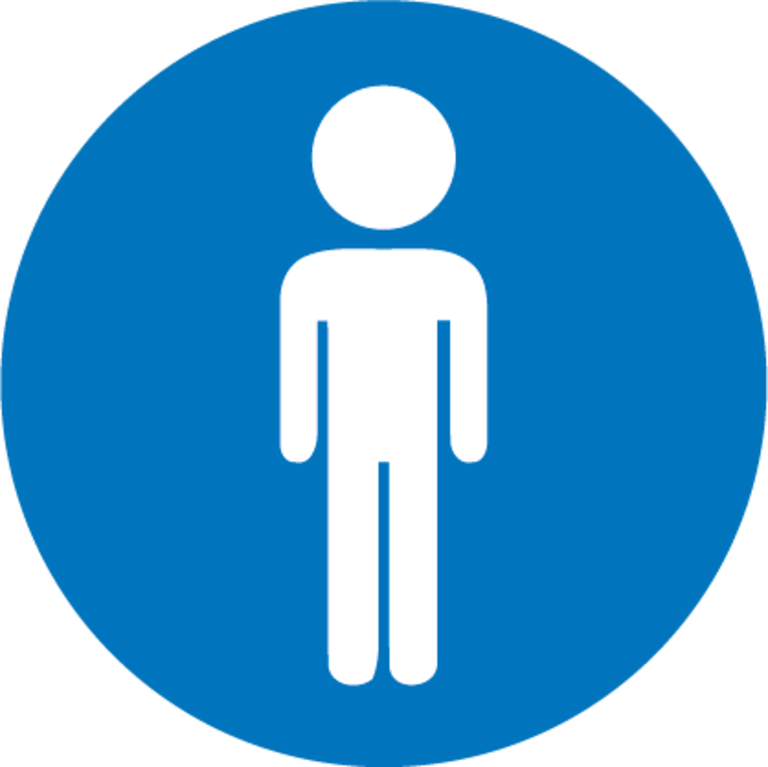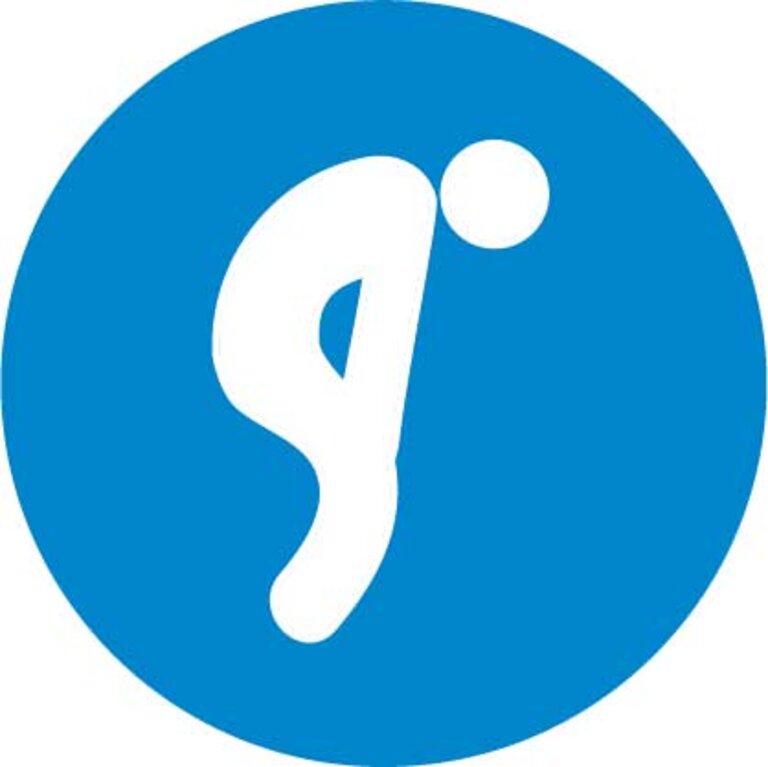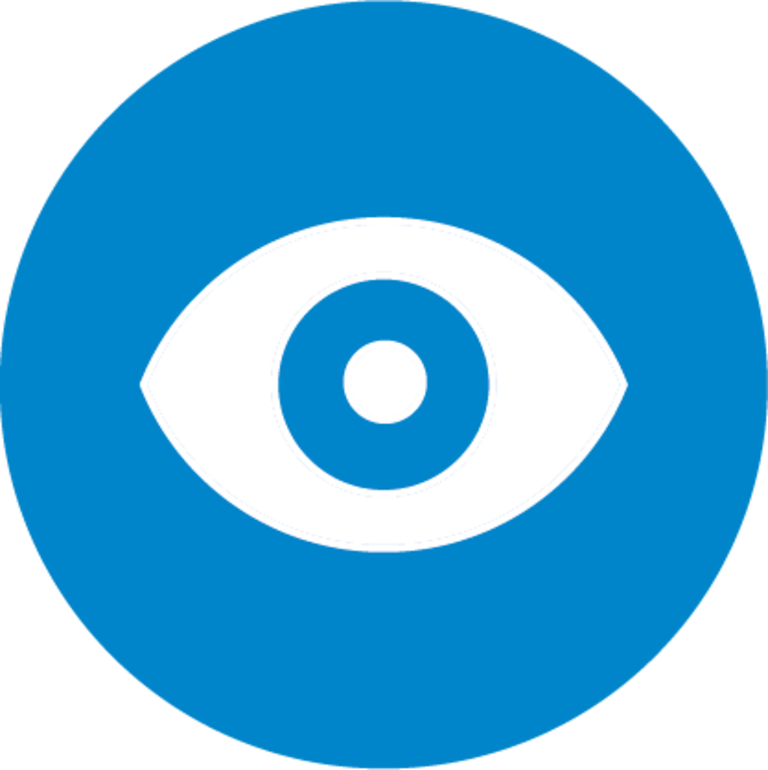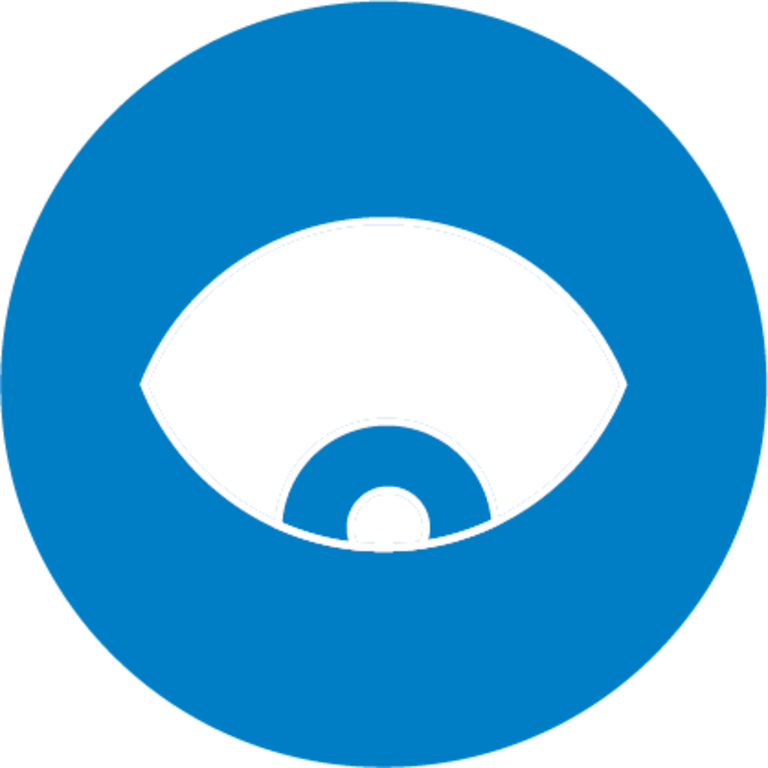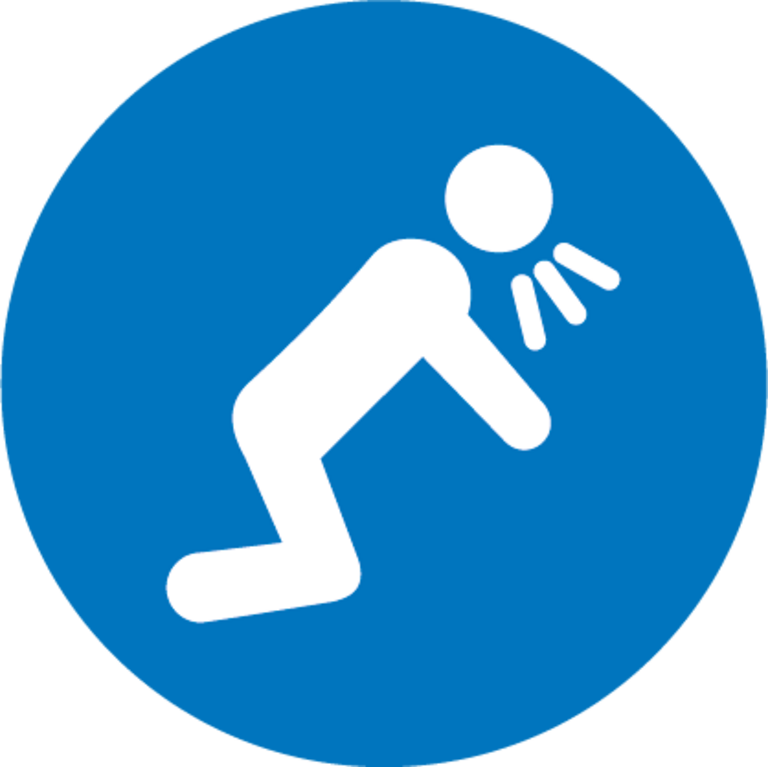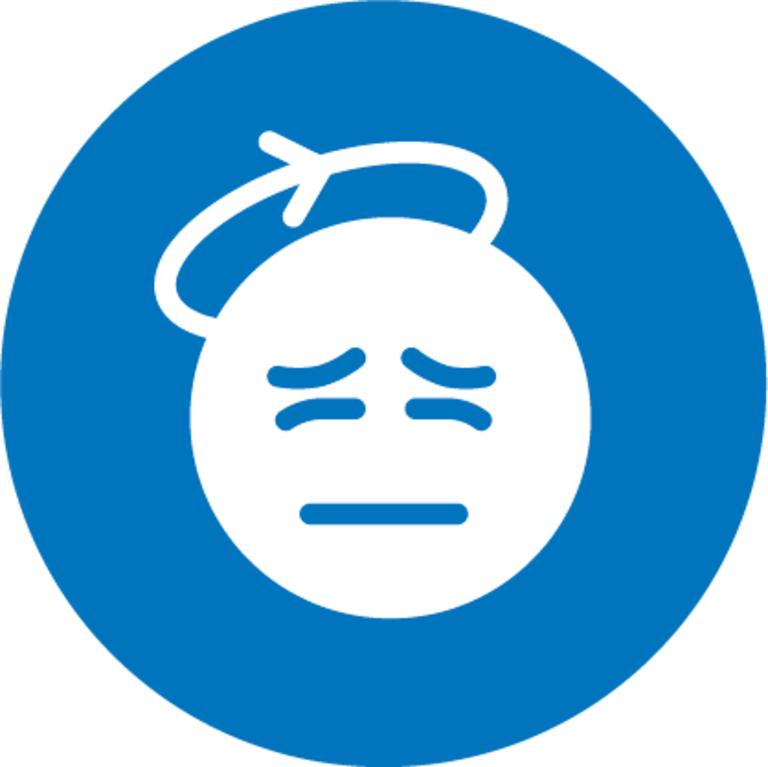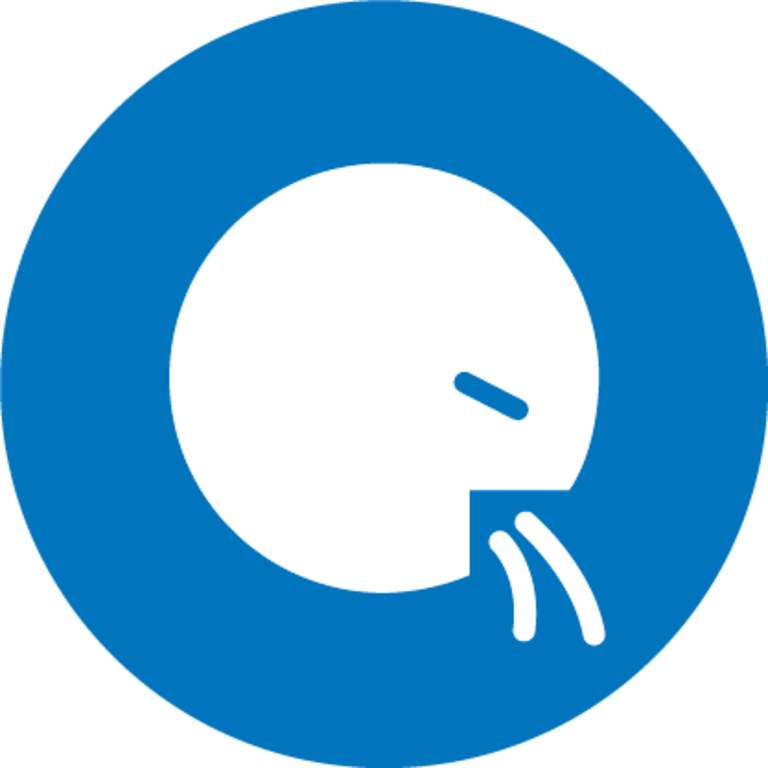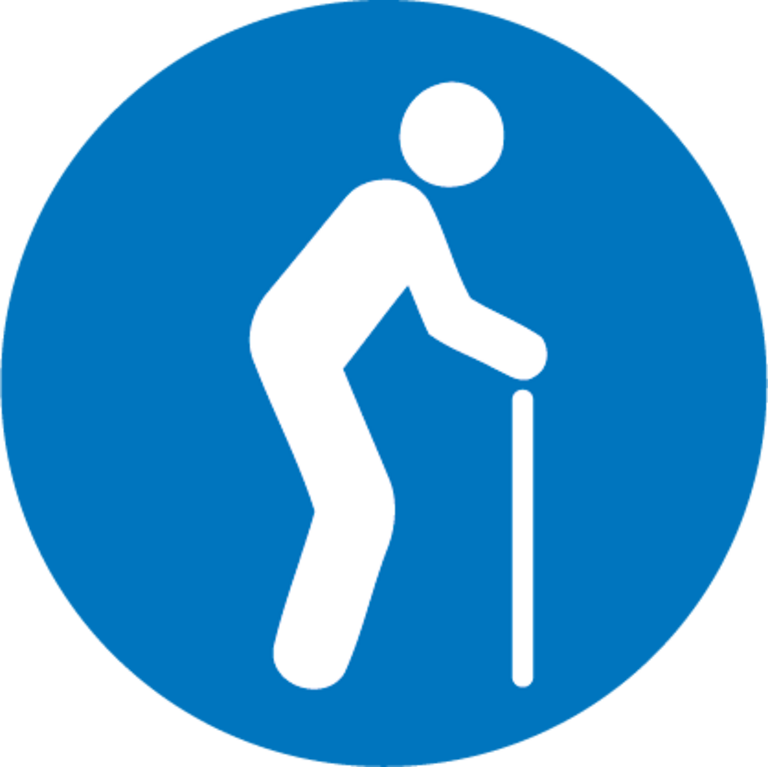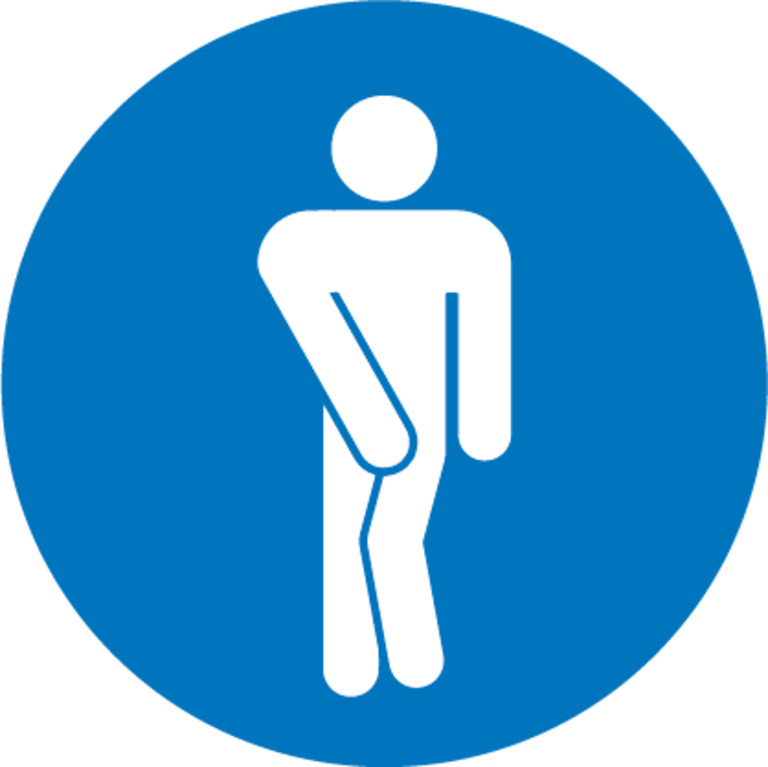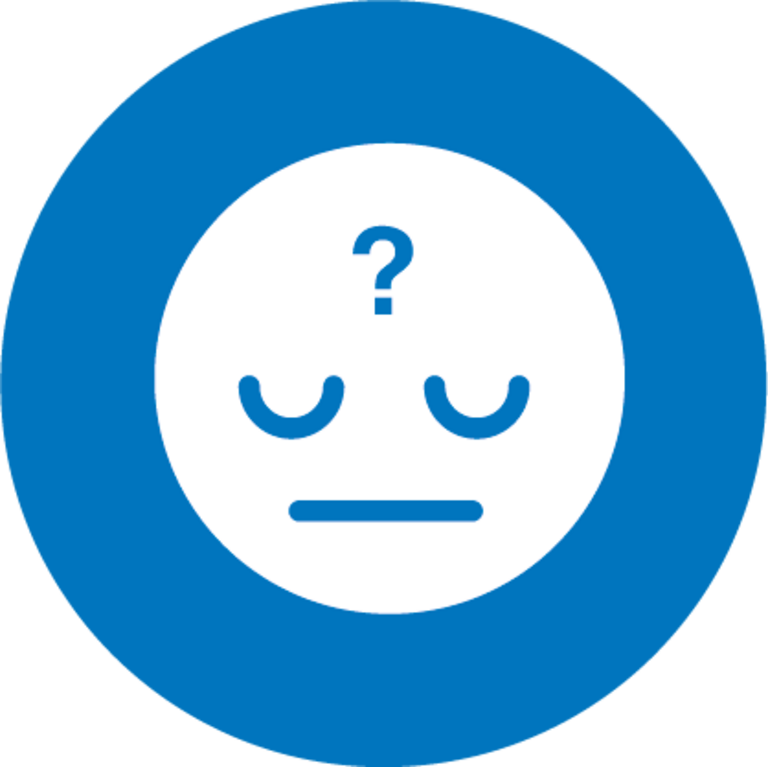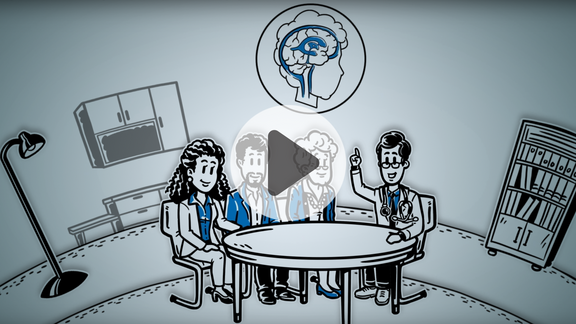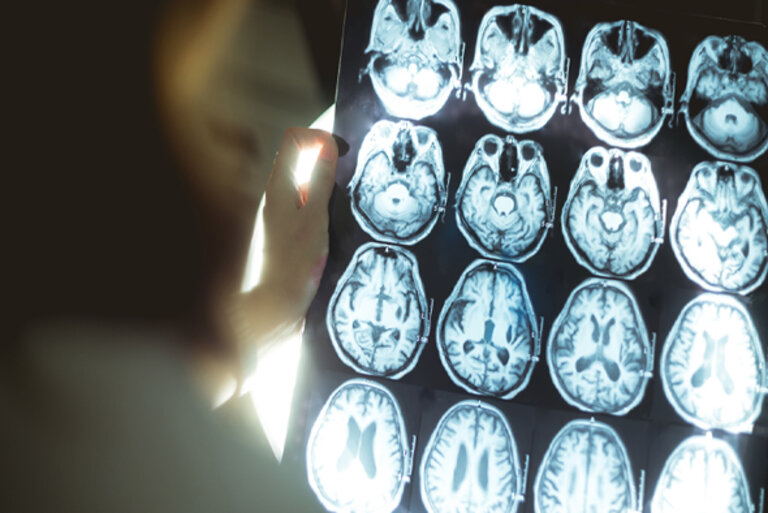The Symptoms
The reason for the partly different symptoms, for example in the comparison between a paediatric and a secondary hydrocephalus, is that the biomechanical properties of the brain and the skullcap change with increasing age. In infancy, the bones of the skull are not yet firmly fused. Here, the increasing cerebral fluid leads to an increase in the circumference of the head with simultaneous decomposition of brain tissue. From the age of about two years onwards, the hard skull and the sutures that have grown together prevent an increase in the head circumference. Here, the increase in fluid leads to an enormous increase in pressure, which causes the brain chambers to expand and the brain to compress. This can cause irreversible brain damage in both infants and adults. Depending on the degree of the disorder, a wide variety of symptoms such as nausea, headaches, vomiting, coordination disorders, drowsiness, incontinence or eventually unconsciousness may occur. We have listed and grouped the most common symptoms below:
